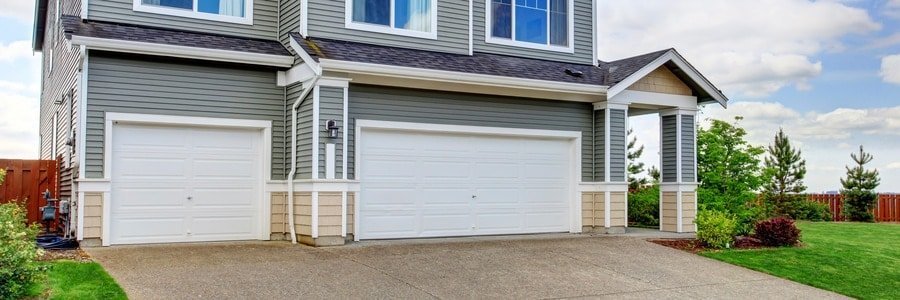Making Your Garage Energy Efficient

With the winter season fast approaching, it’s a great time to begin thinking about preparing your home for the colder months to save as much energy as possible. While many people take great care to prepare their home, one commonly overlooked area of your home that also needs protection is the garage. This is especially true if your garage is connected to your home.
Here are four tips on how to properly prepare your garage to keep your energy costs down and your home protected from the colder conditions.
Sealing those gaps in your walls
Gaps form where the garage walls meet the garage floor. This is a common issue that occurs within the house as well, but you shouldn’t use the same materials for garage wall gaps that you use for indoor wall gaps. The air quality in your garage could be very poor and you do not want that air leaking into your home through gaps in walls that separate your garage from your home.
You want as tight a seal as possible for these gaps. It is recommended that you use backer rods and caulking to provide a double layer of protection. Use a putty knife to squeeze the backer rod into the gaps then seal it with caulking.
Replace your incandescent bulbs with LED
While incandescent bulbs have been a staple source of light for decades, they have been proven to be very inefficient when it comes to energy use and duration of use.
Switching your garage lighting fixtures to LED light bulbs will save you money in energy costs, due to the fact that they use 25% – 80% less energy than the incandescent bulbs. Additionally, LED bulbs will last 3-25 times longer, which means you’ll have to replace the LED bulbs less often also resulting in more money being saved.
Sealing the house entrance to your garage
Having a door in your home that connects directly to your garage is a very convenient and efficient way to design your home. However, if this connecting door is improperly sealed, it can result in cold drafts, poor air quality, and indoor heat/cooling issues. These scenarios can drive your energy costs higher every month the colder or hotter it is outside.
You can save yourself from high energy bills by installing a proper seal around your connecting garage door. You can install weather stripping along the edges of the door to block indoor air from escaping and garage air from entering. Additionally, you can add an extra layer of caulking around the frame of the door to seal any gaps that could allow the flow of air.
Winterize your garage doors
The largest obstacles on your way to making your garage energy efficient will be insulating and weatherizing your garage doors. Heat won’t affect your garage doors as much as the cold will, so we will focus on steps for winter weatherization.
Begin by attaching a long strip of rubber sealant along the bottom of your garage door. Next, lay down a strip of sealant along the concrete floor where the garage doors rest. The two rubber strips will meet and create an air-tight seal between the garage door sealant strip and the garage floor sealant strip. Lastly, install a layer of garage door weather stripping along the top and sides of your garage doors, to prevent cold drafts and rain from sneaking into your garage.
A better home starts with a better garage door
Looking to improve the look of your home? A new garage door from Hill Country Overhead Door will do wonders to improve the efficiency and appearance of your home. Browse our selection today and contact us to get started!
